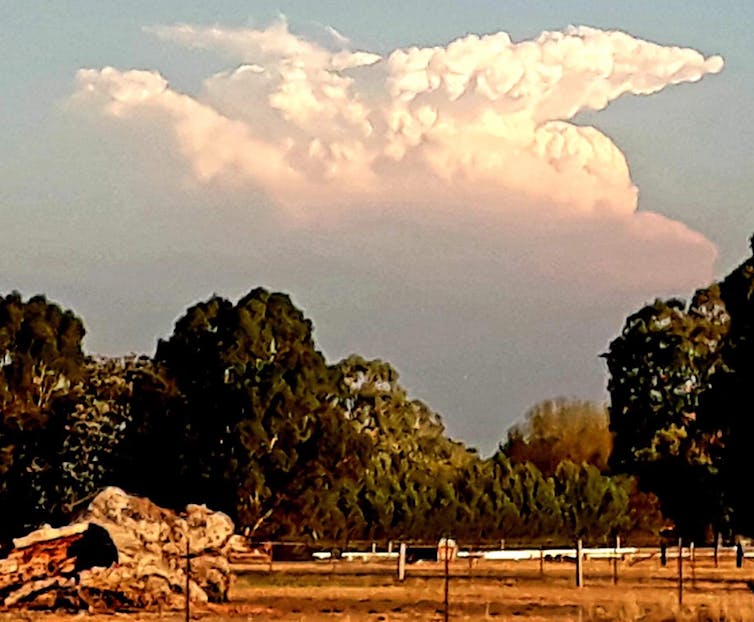Firestorms and flaming tornadoes: How bushfires create their own ferocious weather systems
Large, intense bushfires can pump so much heat into the atmosphere they form their own thunderstorm system. And that can make the weather on the ground even more dangerously unpredictable.




